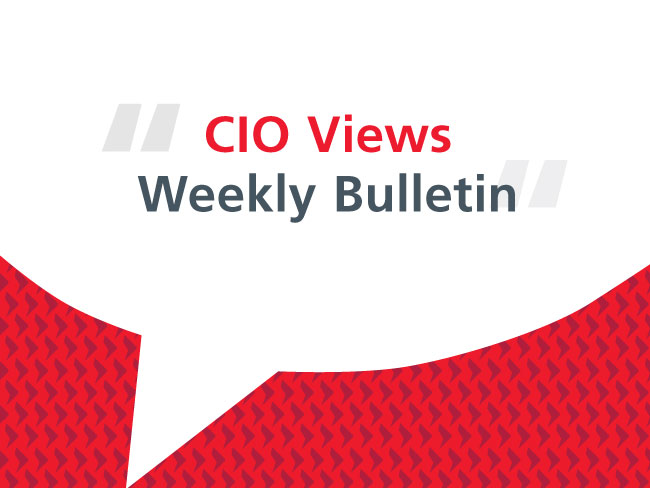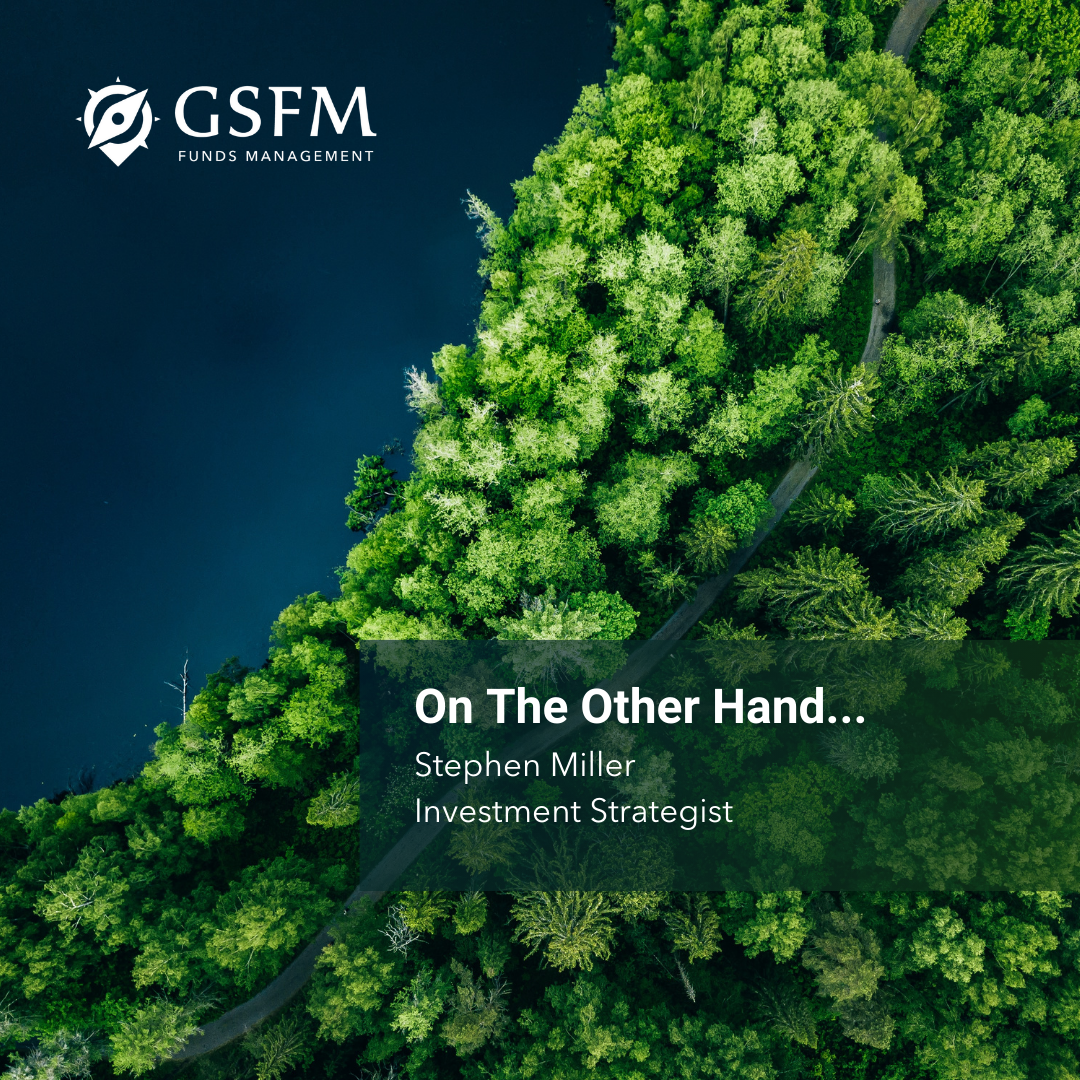Clearly, a notable feature of recent US economic data has been the revelation that the US labour market is not only softening but hasn’t been in as good a health as was previously thought.
Like the Reserve Bank of Australia (RBA), the US Federal Reserve (Fed) has to balance the challenges of keeping inflation in check (around 2 per cent) without occasioning an excessive dislocation in the labour market.
There is a case to be made – maybe not an unimpeachable one but a credible case nevertheless – that the revelation of the extent of weakness in the US labour market might warrant a 50 basis point (bp) adjustment in the policy rate target when the Fed’s Federal Open Market Committee (FOMC) meets next week.
However, while employment growth has been a lot more subdued and employment growth through the period to March 25 has been a lot less than previously thought, the labour market, as evidenced by the unemployment rate, is not sharply weaker.
At the time of the most recent Fed projections issued after the June meeting, the median projected unemployment rate at end 2025 was 4.5 per cent. The current rate of 4.3 per cent would seem to suggest that the labour market – while nowhere near as robust as once thought – is not in an alarmingly weaker state.
The other element arguing for a more measured 25bp adjustment rather than a 50bp adjustment is the apparent stickiness in inflation.
Were the Fed to be persuaded that that stickiness is temporary and that it had been ring-fenced from feeding into inflation expectations, then that lowers the barrier to a more aggressive approach.
Last week’s August producer price index (PPI) release undershot consensus expectations by a considerable margin. Elements of the PPI feed into the core private consumption expenditure price index (PCE), the inflation measure targeted by the Fed in its conduct of monetary policy.
In that context, last Thursday’s release of the August consumer price index (CPI) was a crucial signpost on inflation.
The consensus estimate for the core CPI implies an annual rate of 3.1 per cent (or 0.3 per cent month-on-month). That would imply ongoing stickiness in core CPI inflation. That 3.1 per cent compares with a recent trough of 2.8 per cent in May. In that context, a 50bp reduction may be a “bridge too far” and one likely to exacerbate (the still mostly nascent) concerns regarding a stagflation-lite scenario for the US economy.
But were the CPI to also undershoot expectations, as it did at 2.9 per cent, then a 50bp cut becomes a real possibility.
The ECB: bonded
When the ECB met last week, markets mostly expected the ECB to leave the deposit facility rate unchanged at 2 per cent, as it did.
However, with near-term growth prospects challenged, inflation largely contained and with long-term bond yields in Germany and France still elevated (largely reflecting political turmoil in the latter), there is a case for the ECB to lower the deposit facility rate from its current 2 per cent. Indeed, long-term bond yields in both Germany and France are unchanged and higher respectively than when the ECB commenced the easing cycle in June 2024 – when it cut the deposit facility 25bps from 4 per cent (it is now 2 per cent!).
The ECB has in the past attempted to mitigate sharp increases in bond yields (e.g. the “fragmentation” crisis in mid-2022). However, doing so through an adjustment of the deposit facility rate is not the most effective means of addressing long-term bond yields that are judged to be excessively high according to “fundamentals”.
The RBA: waiting
In something of a surprise (at least to this writer), the Australian labour market has been holding up well in the wake of tepid growth (the modest upside surprise in the June quarter GDP notwithstanding).
The flipside has been that inflation has been a little more sticky than anticipated. The July monthly CPI indicator pointed to some upside risk to the RBA’s inflation prognosis.
While it has long been established that the non-market sector has been the overwhelming driver of jobs growth, there is some doubt around the durability of that contribution.
Westpac estimates that the non-market sector (healthcare, education and public administration) has accounted for 95% of the growth in hours worked in the economy over the past two years and, further, if non-market job creation over this period had run at its pre-pandemic pace, the unemployment rate could be up to 1 percentage point higher.
With growth in public spending set to slow, there will likely be an attendant slowdown in non-market sector employment. With private spending (at least until recently) showing only tepid rates of growth, it was thought doubtful that market sector employment is in a position to pick up any slack.
The stronger household spending evident in the June quarter national accounts is grounds for a sliver – but only a sliver – of optimism.
This week’s release of the August NAB business survey seemed to indicate an ongoing reasonable activity picture, although labour cost growth remains elevated, even if price growth abated somewhat from high levels. All in all, the price picture painted by the NAB survey is consistent with some upside risk to RBA price projections, so too is unit labour cost growth of around 5 per cent.
Complicating the picture is the fallout from the Trump tariff agenda.
While a dire scenario is not yet evident in any hard data, and indeed, assessments of the likelihood of such a scenario have been wound back, recent US labour data suggest that some diminution of global growth momentum must remain a key risk going forward.
Therefore, at this stage, and absent a sharply weaker August labour force result (released on 18 September), that probably means that the RBA will leave the policy rate unchanged when it meets at the end of September, employing the same logic that accompanied the “no change” at the July meeting. That means the RBA is waiting for the full September quarter CPI, which is released on 29 October, ahead of an RBA Monetary Policy Board (MPB) meeting the following week, before considering any further cut in the policy rate.
“Stephen Miller is an Investment Strategist with GSFM. The views expressed are his own and do not consider the circumstances of any investor.”






